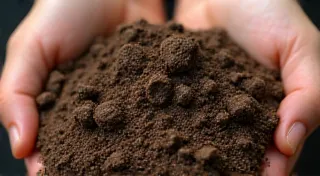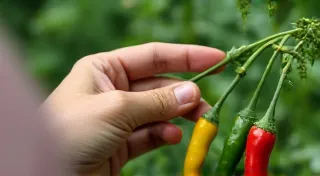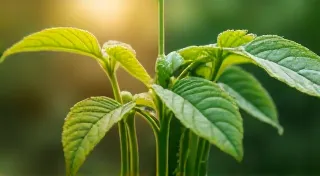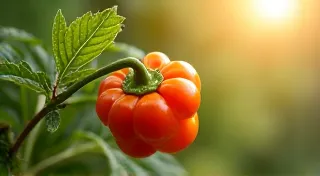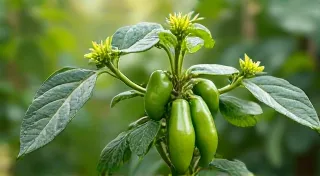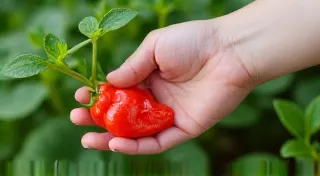Drying and Preserving Your Pepper Harvest
You’ve nurtured your specialty pepper plants, battling pests, tweaking soil conditions, and patiently awaiting that fiery harvest. Now what? Don't let your hard work go to waste! Drying and preserving your surplus peppers is a fantastic way to enjoy their delicious heat long after the growing season ends. This guide provides techniques for drying, freezing, and preserving your pepper harvest, ensuring you can savor your unique pepper varieties throughout the year.
Why Preserve Your Peppers?
Beyond simply extending the lifespan of your harvest, preserving peppers offers several benefits:
- Flavor Concentration: Drying intensifies the pepper's flavor and heat.
- Space Saving: Preserved peppers take up less storage space than fresh ones.
- Year-Round Availability: Enjoy your specialty peppers even when they’re out of season.
- Creative Culinary Possibilities: Dried and frozen peppers can be used in countless recipes, from sauces and rubs to soups and stews.
Drying Your Peppers: A Traditional Method
Drying is perhaps the oldest and simplest method of preserving peppers. It's particularly well-suited for thinner-skinned varieties and those you want to grind into powders or flakes.
Air Drying
This method is free and requires minimal equipment, but it takes longer and depends on your climate. It's best suited to areas with low humidity and warm temperatures.
- Prepare the Peppers: Rinse your peppers and remove the stems. You can pierce them with a toothpick or skewer to help them dry faster, especially thicker varieties.
- String Them Up: Thread the peppers onto strong twine or fishing line, leaving space between each one for air circulation.
- Hang Them in a Dry, Well-Ventilated Area: Choose a location away from direct sunlight and protected from rain. A screened porch, attic, or shed works well.
- Patience is Key: Drying time can range from 2-4 weeks, depending on the pepper’s thickness and the humidity levels. They are dry when they are brittle and snap easily.
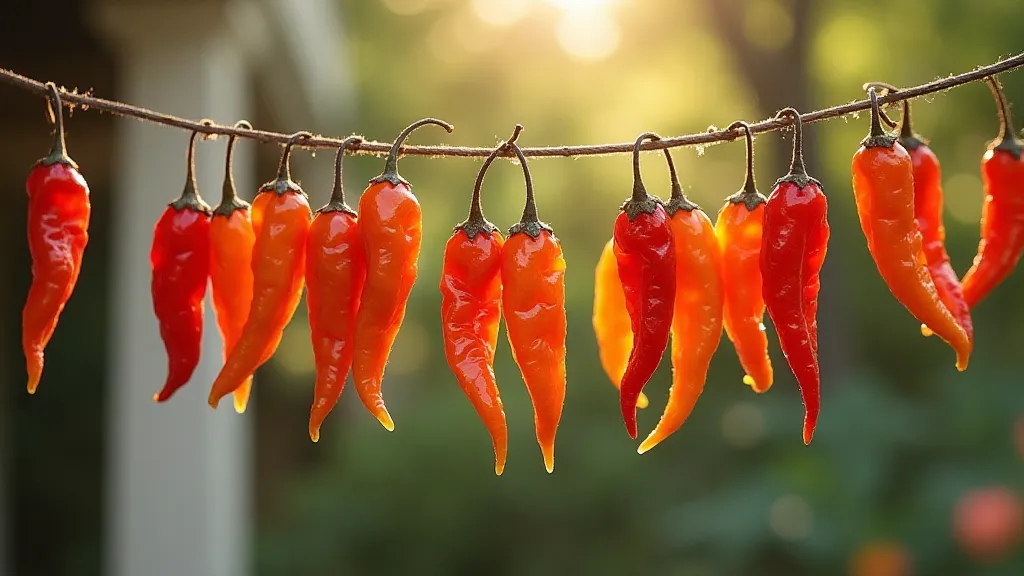
Using a Dehydrator
A food dehydrator offers a faster and more controlled drying process.
- Prepare the Peppers: Rinse the peppers and remove the stems. Slice them into rings or smaller pieces for quicker drying.
- Arrange on Dehydrator Trays: Spread the pepper slices in a single layer on the dehydrator trays.
- Set the Temperature: Follow the dehydrator's instructions for drying peppers, typically around 125-135°F (52-57°C).
- Monitor the Process: Drying time usually takes 6-12 hours, but monitor the peppers to ensure they are completely dry.
Freezing Your Peppers: Quick & Easy
Freezing is a great option for preserving peppers you plan to use in cooked dishes. This method maintains a lot of the pepper's fresh flavor and texture.
Preparing Peppers for Freezing
- Wash and Prep: Rinse the peppers and remove the stems. You can leave them whole, slice them into rings, or chop them.
- Blanching (Optional): Blanching helps preserve the color and texture of the peppers. Briefly immerse them in boiling water for 1-2 minutes, then immediately transfer them to ice water to stop the cooking process.
- Dry Thoroughly: Pat the peppers completely dry with paper towels.
- Flash Freeze (Recommended): Arrange the peppers in a single layer on a baking sheet lined with parchment paper. Freeze for 2-3 hours until solid. This prevents them from clumping together when stored.
- Transfer to Freezer Bags or Containers: Once frozen, transfer the peppers to freezer bags or airtight containers. Remove as much air as possible.
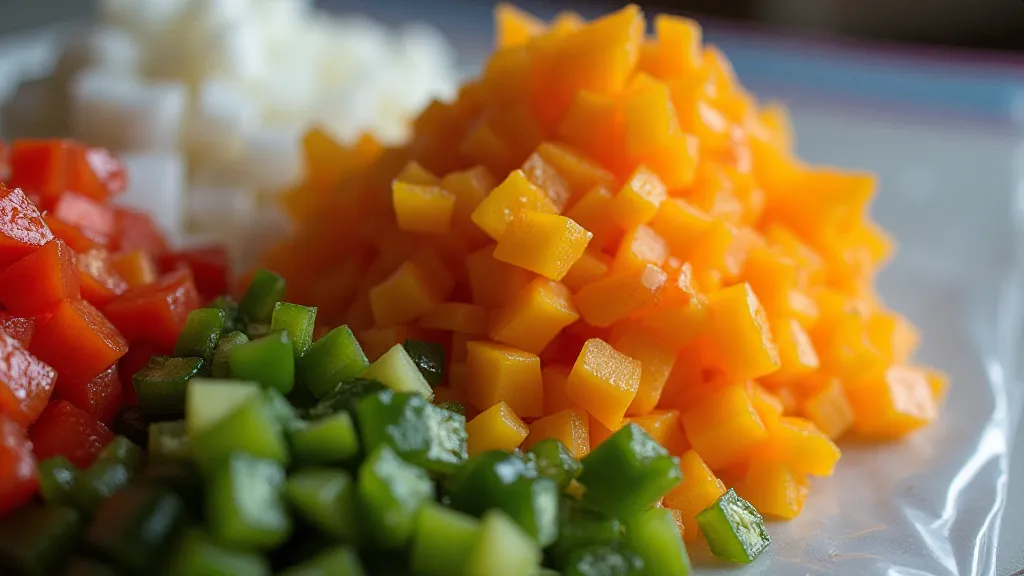
Other Preservation Methods
While drying and freezing are the most common, other options include pickling or making pepper sauces. These methods add extra flavor and preservation qualities.
Storing Your Preserved Peppers
Store dried peppers in airtight containers in a cool, dark place. Frozen peppers should be kept in the freezer at 0°F (-18°C) or lower. Properly preserved peppers can last for years, allowing you to enjoy the fruits (or, rather, the peppers!) of your labor for a long time.
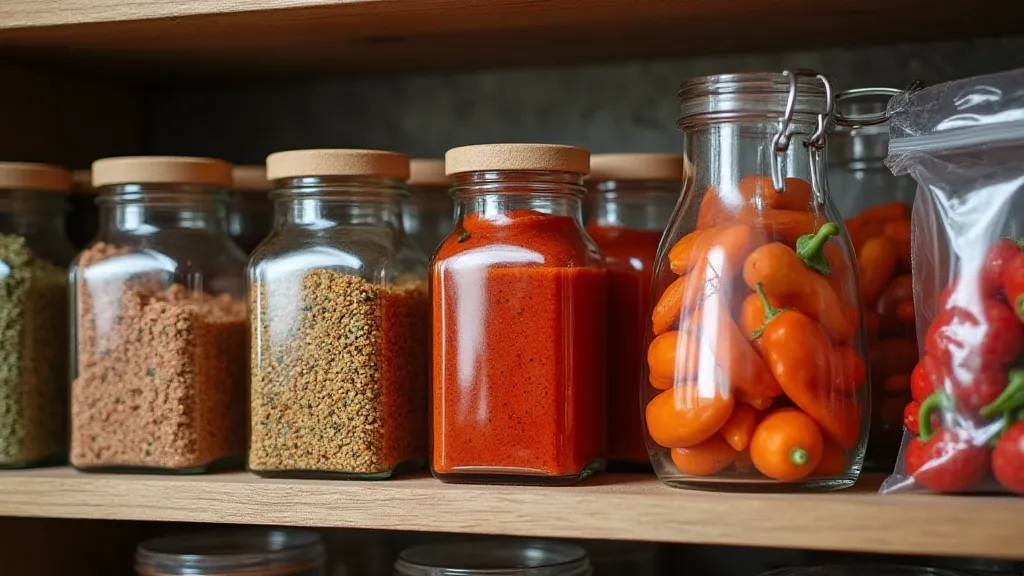
With a little effort, you can keep your specialty pepper harvest going long after the growing season concludes. Happy preserving!
